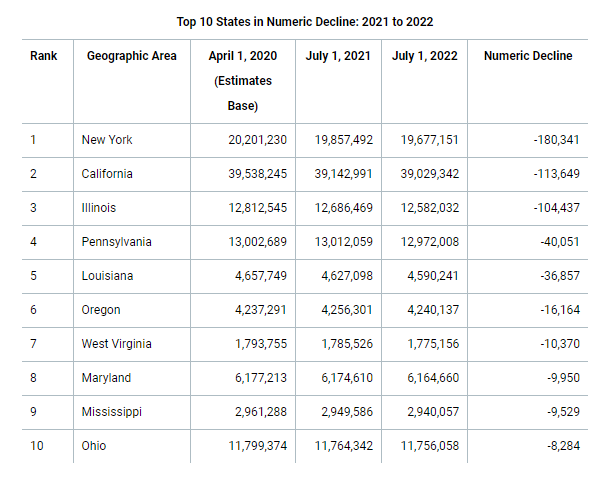
REAL ESTATE REALITY ZONE
The RE Reality Zone is a quick summary of key real estate market data available for you to get clarity on the market trends without getting lost in the noise of fake news, YouTube clickbait, or data overwhelm.
30 Second Summary
If you only have 30 seconds read this:
The RE market is fine. Buying activity is stable and normal for this time of year, as is listing activity. Inventory of houses for sale is down, and will slowly decline the rest of the year.
Interest rates are stable in the 6.3 range as well.
The RE market has essentially stabilized from the pandemic and post pandemic rate change.
Wages are increasing for people to afford current housing. I don’t mean through min wage increase, I mean through job growth by creating demand for products and services, and building more affordable housing with less regulation. “No tax on tips” put hundreds of dollars per month back in the pockets of a lot of people that will help offset their bill/housing, and declared income for mortgages!
See below for the jobs info, lot going on. Not about the “total” right now, it’s about the mix of part time or full time, and citizen or not.
We need more houses. If the illegal immigrant deportation situation changes, that may affect housing availability. No one knows by how much.
Make your purchase and sale decisions based on the fact that sales pace usually declines from here.
Key Stats
If you have 2.5 more minutes see below:
(Stats from from Altos, Housingwire, Jason Hartman, and others)
Last week’s SFH Inventory on Market: 830,445
This week’s SFH Inventory on Market: 817,297
Pending Sales – 67,538 (2.6% lower than same week last year)
New listings – 66,432 (0.9% higher than same week last year)
This week’s price reductions are Higher than last year at 40.9% = High (normal is 30-35%).
(A leading indicator of buyer demand strength, and home price direction)
September’s on-market SFH Median Home Price: $415,200
October’s on-market SFH Median Home Price: $412,300 (2.06% higher than same month last year)
September’s pending SFH Sales Index: 74.90
October’s pending SFH Sales Index: 76.30 (0.39% lower than same month last year)
Last week's Median Price of Homes in Contracts: $427,900
This Week’s Median Price of Homes in Contracts: $425,000
Housing Vacancy Rate: 7.0% – very low (quarterly)
National vacancy rates in the second quarter 2025 were 7.0 percent for rental housing and 1.1 percent for homeowner housing. The rental vacancy rate decreased from 1.41 percent over the first quarter of 2025 and was slightly higher than in the second quarter of 2024 (6.06 percent). Source
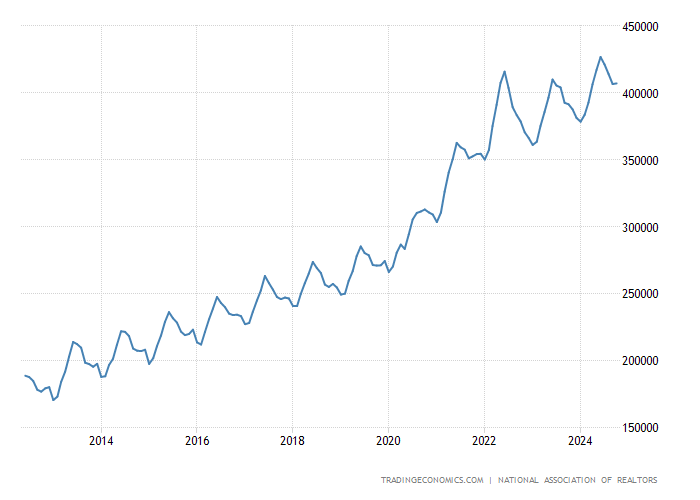
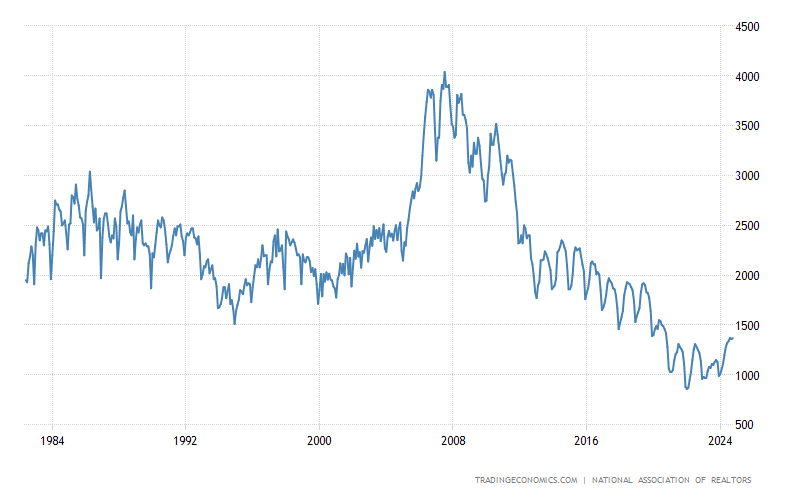
United States Single Family Home Prices
Source: tradingeconomics.com
United States Total Housing Inventory
Source: tradingeconomics.com
Charts below updated on December 4, 2025
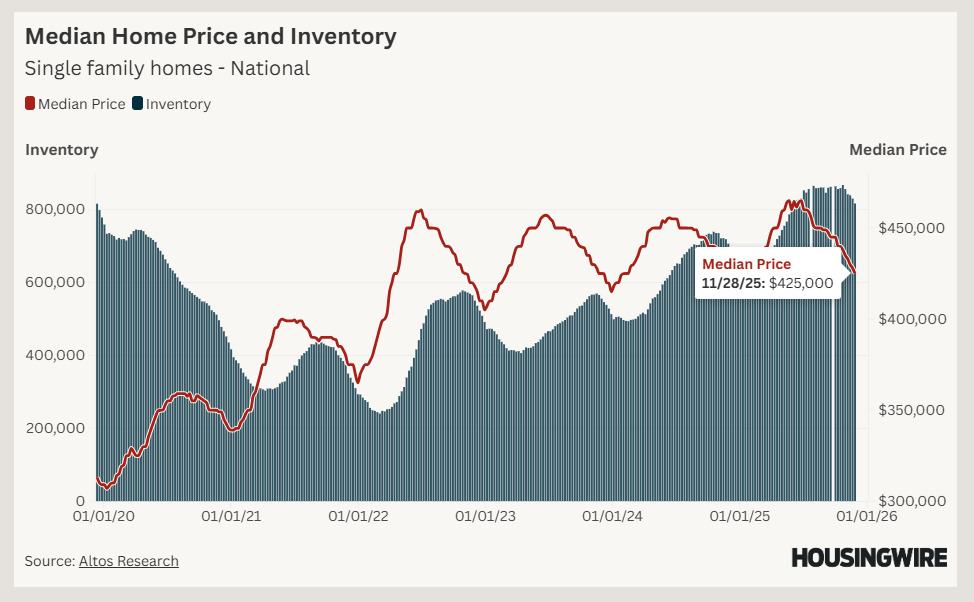

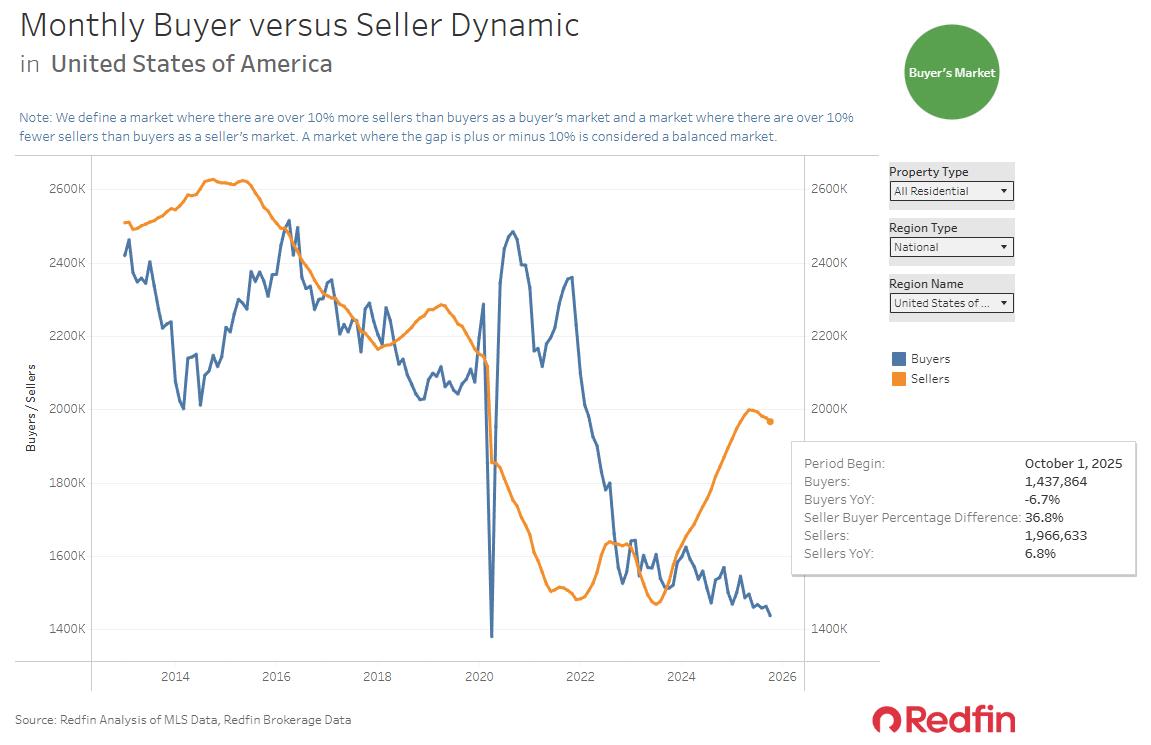

Policy Watch
Big picture items that may affect Real Estate:
- Fed signals potential rate drop in next meeting.
– I hope to provide you with the commonly referenced, applicable financial data to see for yourself what effect government economic policy has on jobs, incomes, debt positions, and affordability for Americans, regardless of party.
— *** The jobs report is important. Please know when the gov puts out a report like "jobs", there is a revision done a month or so later, when they crunch the actual numbers. The press rarely reports the revisions, but that is the most accurate. I advise you to put less emphasis on the initial reports and look at the later revised reports for a more accurate view. They indicate part-time, full-time, native born and foreign-born, private sector and public sector job, those are categories that matter.
- April added 177k Jobs
- May added 139k jobs
- June added 147k jobs - 78 of 79 “experts” predicted less than 100k
** SEE THE REVISIONS DOWNWARD and perspective https://www.zerohedge.com/markets/jobs-shocker-july-payrolls-far-below-estimates-follow-massive-revisions-lower
The problem this brings up is why/how is Labor department all over the place for the last few years, by 100s of thousands. Hourly wages are up 4%, but how is that true if people aren’t being hired? Wages go up to attract workers when there is a limited number of them. Wages go down when plenty of people are avail for hire. This means there is something going on in the reporting.
CLICK THIS JULYJOBS REPORT ←—-Click
CLICK THIS AUGUST JOBS REPORT ←— CLICK
Summary- it’s not good, some part time increases, full-time decreases, essentially net 0.
What it DOES mean is the Fed is likely to cut Rates 50 bps. That would be great!
- Inflation is stable, has not increased with tariffs as many claimed. What did increase was billions in revenue for the U.S.
- CBO just said debt reduction is likely 4T over 10 years. Policies are trying to speed that up, we need 10T reduction over 10 years without going into austerity. We can do it by selling energy, and charging to sell in our markets.
-The US owes 36 Trillion dollars in national debt, please hold our leaders accountable to reduce that number and be fiscally responsible. Yes, it means tough discussions on what should be cut. This high debt means interest rates have to be higher to sell the treasuries to other countries. Ideally the Fed can lower rates, you can see in the news there is a spat with Fed chair and Trump admin. The rates right now are costing America 100s of Billions in interest.
— The BRICS nations are going to have a hard time coming off the Dollar as the U.S. actions being taken to curb spending kick in to increase stability. They’re going to try, but the consensus is odds are low.
— Please say NO to Central Bank Digital Currency (CBDC) in any form (ie Fedcoin).
– Passive income from RE is a shield for most of this, whereas "flipping" and wholesaling can stop at any time.
**** We love “co-living” for amazing cash flow. Ask us about how we can help you retire with just 5 single-family houses.
Mortgage Applications & Rates
Because the current market relies HEAVILY on the CHANGE in mortgage rates, we’ve added this section.
Key Mortgage Stats:
30-Year Mortgage Rate: 6.19% as of December 4th 2025 (previously 6.23%)
MBA Mortgage Applications: -1.4% as of December 3rd 2025 (previously 0.2%)
The average rate on a 30-year fixed mortgage decreased to 6.23% as of December 4th, 2025, the lowest in a month according to a survey of lenders by mortgage giant Freddie Mac. “Mortgage rates decreased for the second straight week, emerging from the Thanksgiving holiday.
Compared to this time last year, mortgage rates are half a percent lower, creating a more favorable environment for homebuyers and homeowners,” said Sam Khater, Freddie Mac’s chief economist.
Source: Trading Economics
The volume of mortgage applications in the US fell by 1.4% from the previous week in the last week of November to the lowest level in nearly three months, according to data compiled by the Mortgage Bankers Association. The fresh pullback took place despite an 8bps reduction in benchmark mortgage rates, as dovish remarks from key FOMC members drove markets to increase their bets of an incoming rate cut by the Federal Reserve next week.
Applications for a contract to refinance an existing mortgage, which is typically responsive to short-term changes in rates, fell by 4.4% from the pervious week. In turn, applications for a mortgage to purchase a new home rose by 2.5% to the highest level since early 2023.
Source: Trading Economics
United States MBA 30-Yr Mortgage Rate
Source: Trading Economics
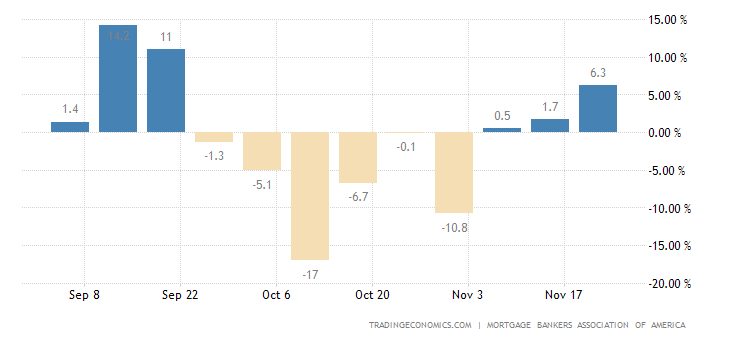
Delinquency & Foreclosures
Understand the leading indicator of borrower stress. (It will lag behind a few weeks before the data is reported)
ICE First Look at Mortgage Performance: Increased Refinance Activity Drives Mortgage Prepayments to 3.5-Year High
Prepayments are edging higher: Prepayments rose by 8 bps in September to a 0.74% single month mortality (SMM) rate, a 15% increase from the prior year, as interest rates began to ease in August.
Delinquencies improved: The national delinquency rate fell by 7 basis points (bps) in October to 3.34%. This is down 11 bps from the same time last year and 53 bps below the October 2019 pre-pandemic benchmark.
Broad strength in delinquency rates: Performance improved across the board, with both early-stage (30-day) and late-stage (90+ day) delinquencies declining during the month.
Prepayments reached a multi-year high: The single month mortality (SMM) rate, which tracks prepayments, rose by 27 bps in October to 1.01%. This marks the highest level in 3.5 years and an increase of 16 bps from last year when interest rates were at similar levels.
Foreclosure activity trending upward: Although October foreclosure starts slowed by 9.8% from the prior month, the overall trend continues to rise. Foreclosure inventory is up by 37,000 (+19%) year over year, and foreclosure sales have increased by 1,900 (+32%) from last year's levels.
Government loans driving foreclosure growth: While foreclosure activity remains muted by historical standards, the number of loans in active foreclosure hit its highest level since early 2023, driven by a notable rise in FHA foreclosures (+50% YoY) along with a resumption of VA activity following last year's moratorium.
For more information about gaining access to ICE’s loan-level database, please send an email to
[email protected].
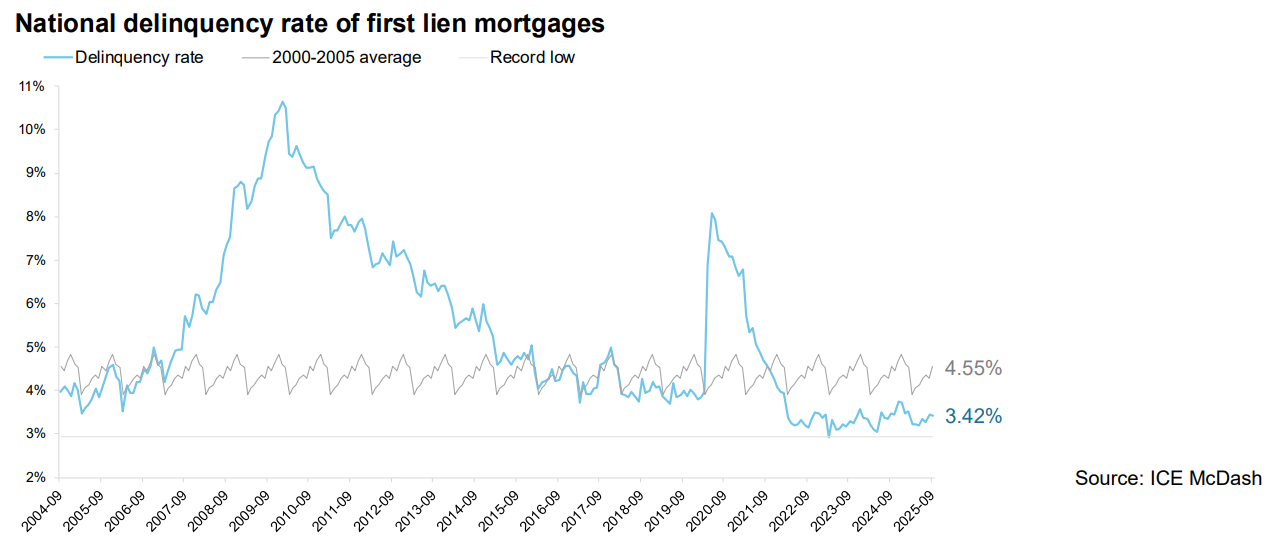

US Historical Foreclosure Activity and Rates
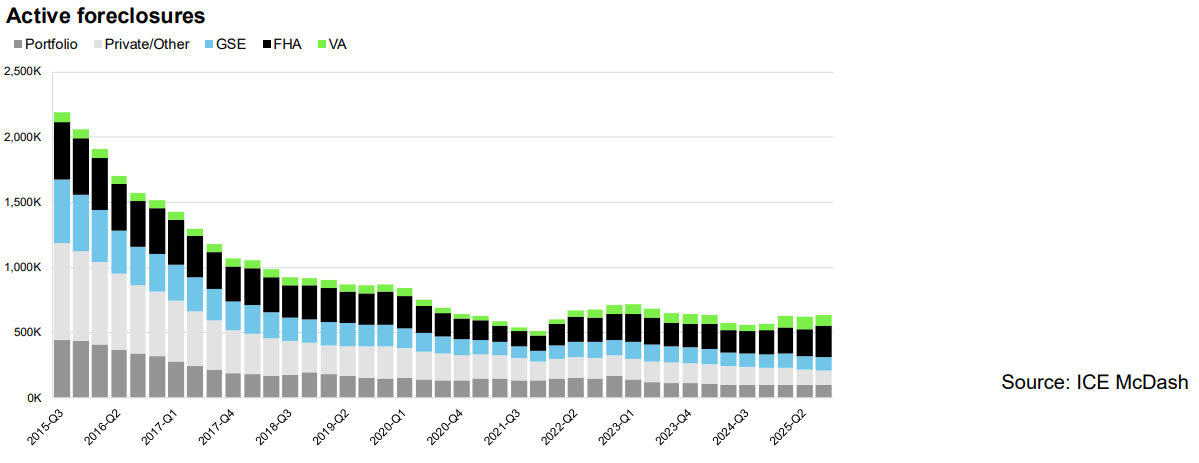
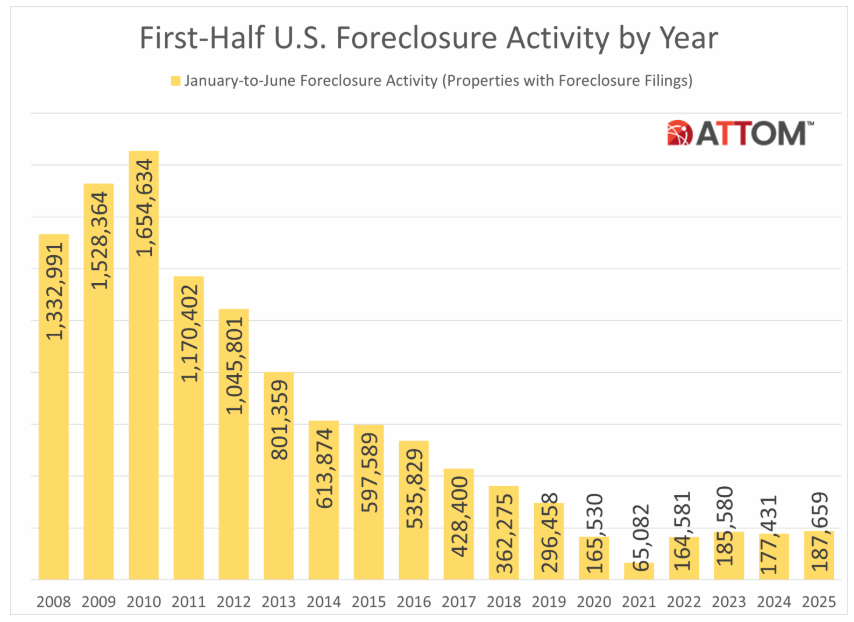
Population Growth
Top Ten Growing States
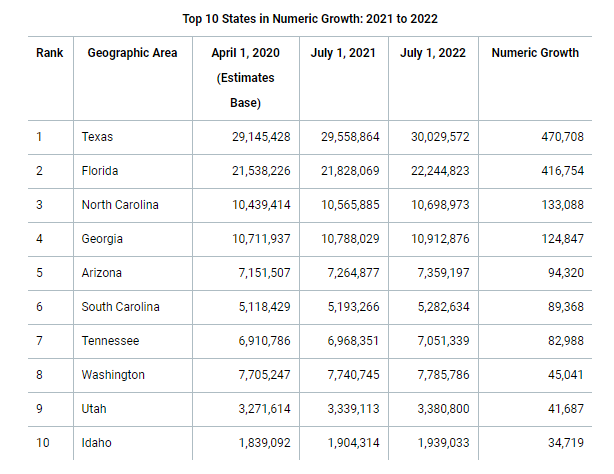
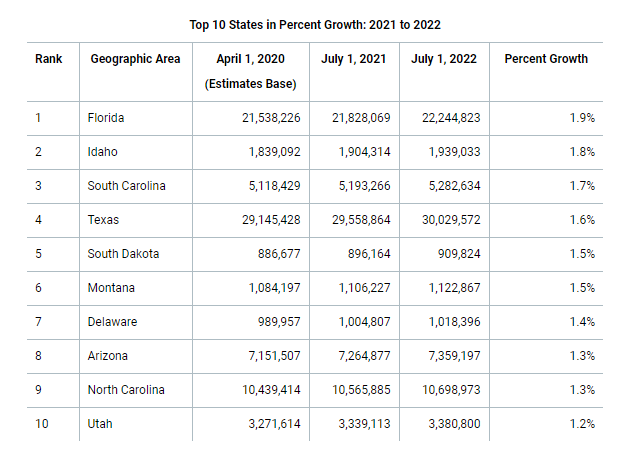
Top Ten Declining States

